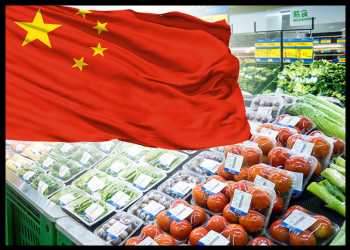China Logs Mild Inflation, Factory Gate Prices Ease Steadily
China’s consumer price inflation continued to ease in November and factory gate prices decreased again as strict zero-Covid strategy dragged on economic activity, depressing inflationary pressures while spiraling costs act as utmost policy constraint in major economies.
Consumer prices posted an annual increase of 1.6 percent in November, after October’s 2.1 percent gain, the National Bureau of Statistics reported Friday. This was in line with expectations.
November inflation stands well below Beijing’s official target of around 3 percent for the year.
Within overall consumer prices, food price inflation eased sharply to 3.7 percent. At the same time, non-food prices posted a steady growth of 1.1 percent.
On a monthly basis, consumer prices slid 0.2 percent, as expected.
Data showed that core inflation that excludes food and energy dropped 0.6 percent, unchanged from October.
Another data from the NBS showed that producer prices dropped for the second straight month in November. Factory gate prices fell 1.3 percent, the same pace of decrease as seen in October. Economists had forecast producer prices to drop 1.4 percent.
Producer prices continued to fall in November due to a high base of comparison in the same period last year, senior NBS statistician Dong Lijuan said.
The shift away from zero-COVID seems unlikely to push up inflation much in the near-term, said Capital Economics’ economist Julian Evans-Pritchard.
The economist observed that although the severity of COVID restrictions is being relaxed, activity will probably remain depressed until the second half of next year, with the reopening infection wave keeping many people at home.
Falling commodity prices are likely to keep producer price inflation in negative territory throughout much of next year, he noted.
Source: Read Full Article

